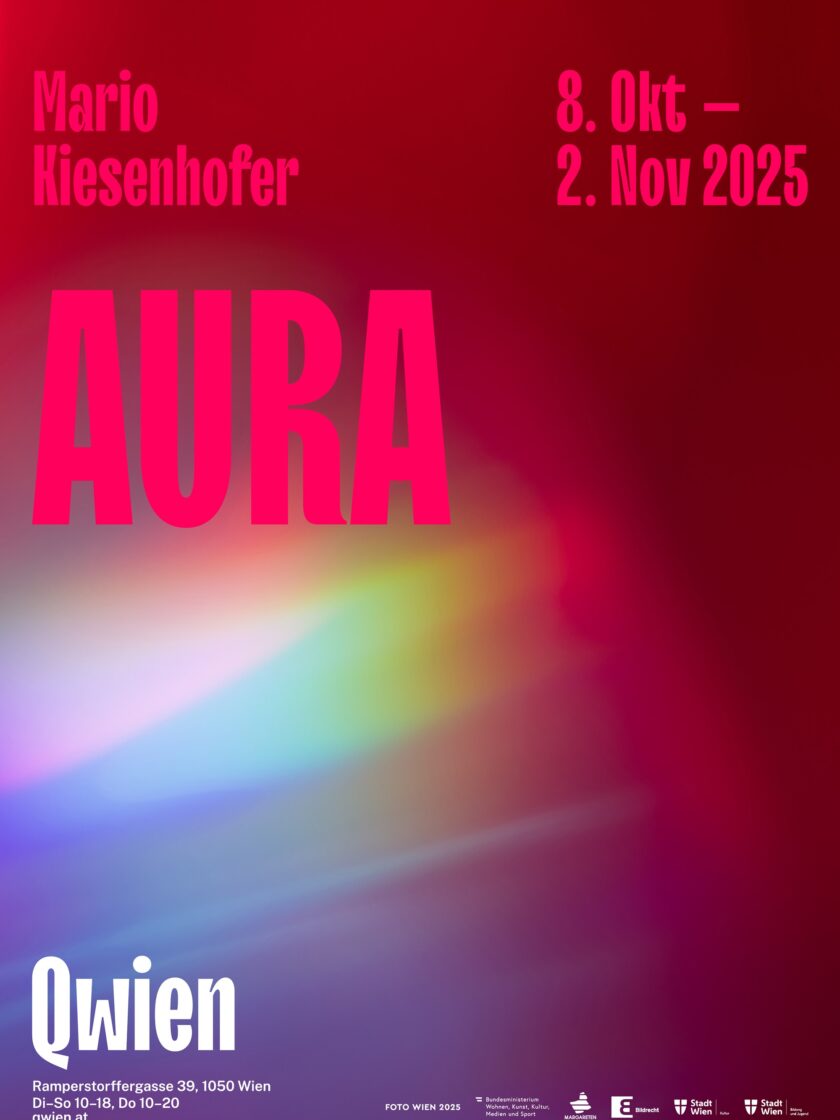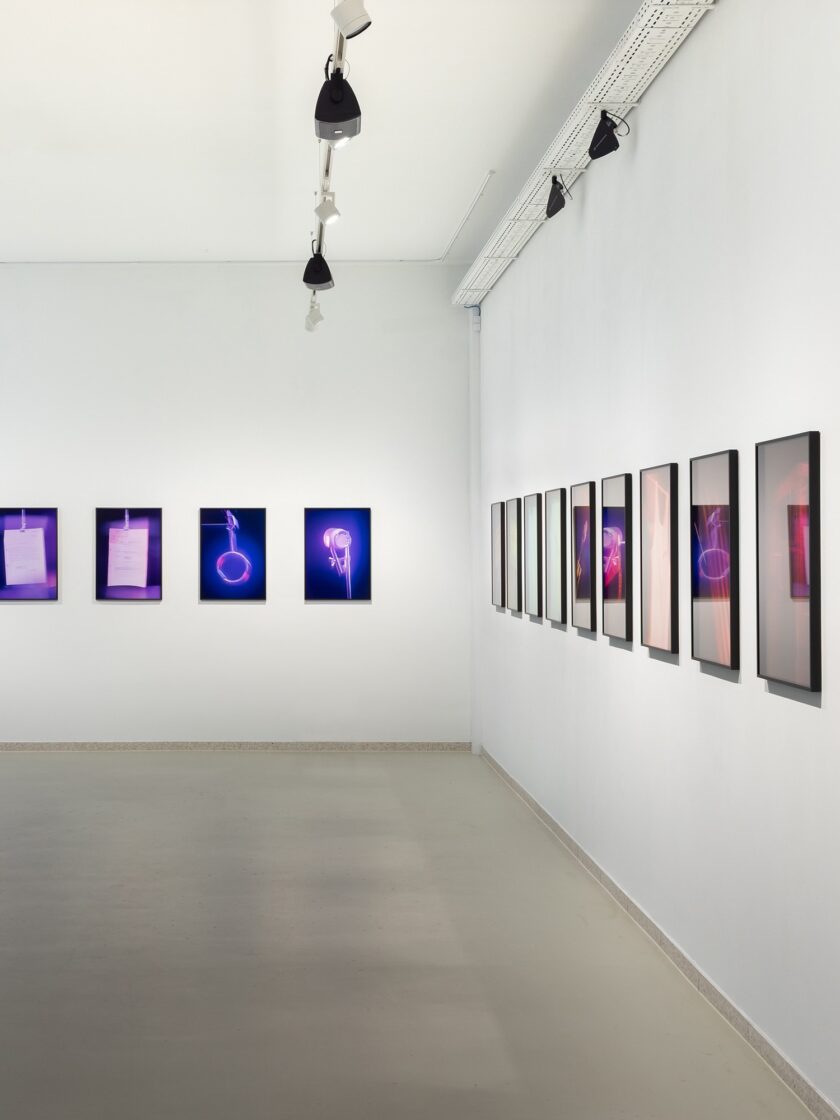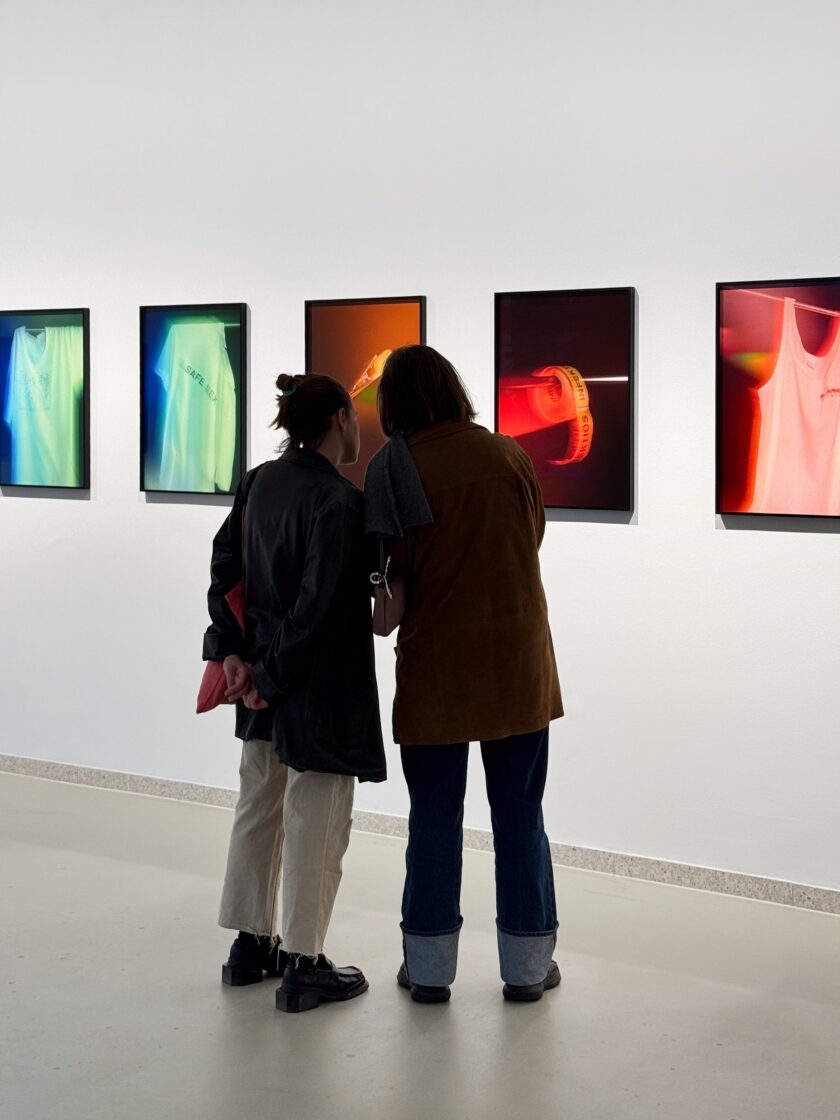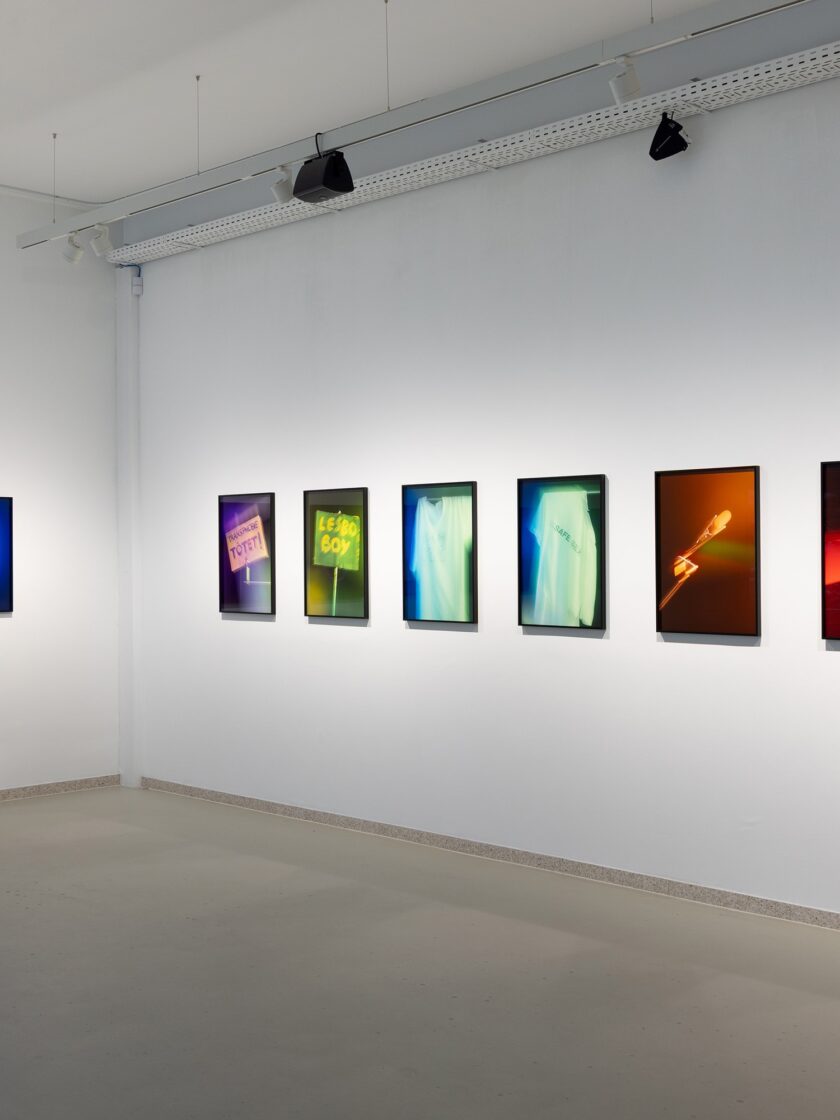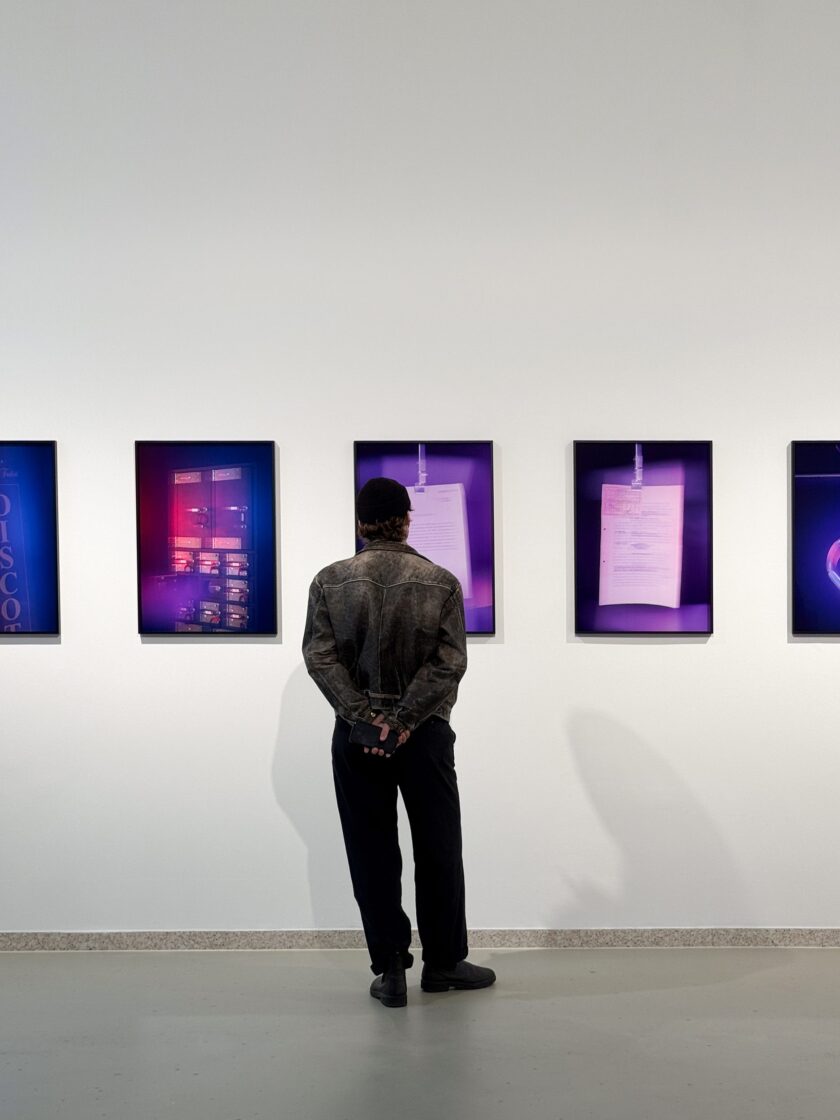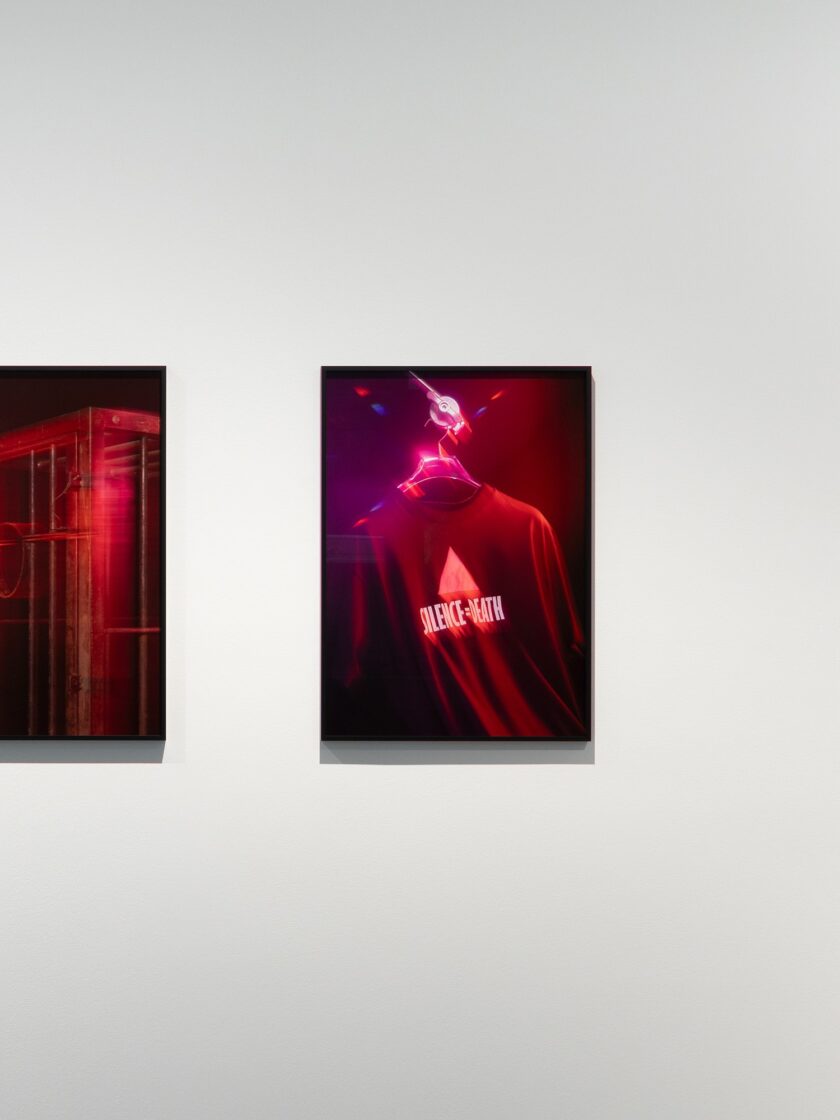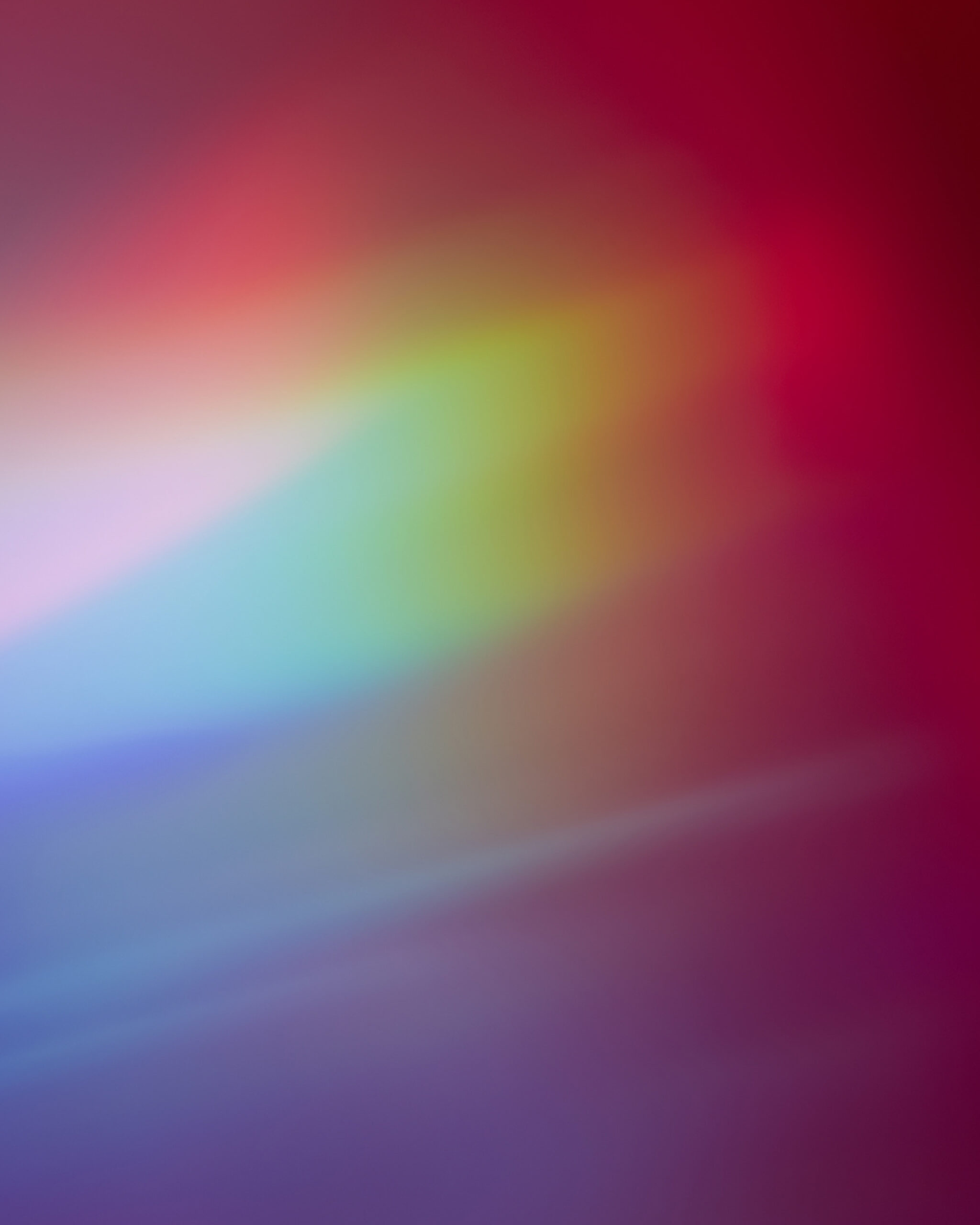 © Mario Kiesenhofer, Lichtstudie zu Aura, 2025
© Mario Kiesenhofer, Lichtstudie zu Aura, 2025Overview
In his artistic practice, Mario Kiesenhofer deals with the visibility of queer spaces and communities. For his new project, he enters into a photographic dialog with the archives of Qwien.
The photo series Aura explores the invisible dimensions of queer history by examining selected objects from the Qwien archive. These are transferred into a visual context that relates considerations on the aura, transgenerational trauma research and photography as a medium of the invisible in the sense of Walter Benjamin.
A project within the framework of Foto Wien 2025.
Supported by: Bundesministerium für Wohnen, Kunst, Kultur, Medien und Sport; Margareten Kultur; Bildrecht.
Qwien is funded by: Stadt Wien Kultur und Stadt Wien Bildung und Jugend.
Text about the exhibition by Walter Seidl
Mario Kiesenhofer’s photographic series of archive materials from the Qwien focuses on the history of queer and especially gay lifestyles, for which he gives the objects an auratized appearance. The artist uses in-camera effects that are created directly when photographing through various filters in front of the lens. The activating dynamic inherent in the images is inscribed in the sensor by the combination of flash light and a slight movement of the camera when the shutter is released.
Kiesenhofer uses a dual strategy. The first step is to select the objects to be photographed, which trigger an inner resonance in the artist and thus reveal their auratic effect. With the help of the photographic dispositive, Kiesenhofer introduces a second level in order to place the objects in an auratized visual field for the viewer. Presented as a colorful and conceptually well-composed series, the individual photographs refer to moments in a story marked by pain, stigma and trauma – the latter, incidentally, also includes the word aura. The photographic movement leads to a blurring of the depicted and raises the question of the extent to which moments of memory of stages of liberation overlap with regard to the acceptance of same-sex practices, the AIDS crisis and the development of HIV control and prevention.
Kiesenhofer’s photographic history begins with the confirmation of Franz X. Gugg’s conviction in 1969 for the “crime of fornication against nature with persons of the same sex according to §129 Ib StG 1852”. An application for the re-granting of the doctorate also refers back to those social mechanisms that once led to the disempowerment of the subject and reveal specific after-effects in a post-Nazi era. This made it all the more important to create safe spaces that contribute to community building, such as the Club Wiener Freiheit, which existed from 1989 to 2021 and of which a box for valuables and a façade sign can be seen. Also part of this archival history is a T-shirt with the slogan “SILENCE=DEATH”, designed in 1986 by the Silence=Death Project in New York and subsequently adopted by the activist group ACT UP to raise awareness of the AIDS pandemic and oppose a
social stigmatization. Parallel to the development of political activism and club life is the medical progress within HIV research. This includes the image of the tablet that transformed HIV from a deadly disease into a chronically treatable one – right up to PrEP as the ultimate preventive option.
With these objects of a story, Kiesenhofer refers to Walter Benjamin’s definition of aura, which is associated with the terms “aloofness”, “authenticity” and “uniqueness”. These terms definitely apply to the objects selected by the artist, whose photographic images evoke numerous memories for all those who see themselves as part of a queer history.
Date
October 8 – November 2, 2025
Opening: Tuesday, October 7, 2025, 6:30 p.m.
